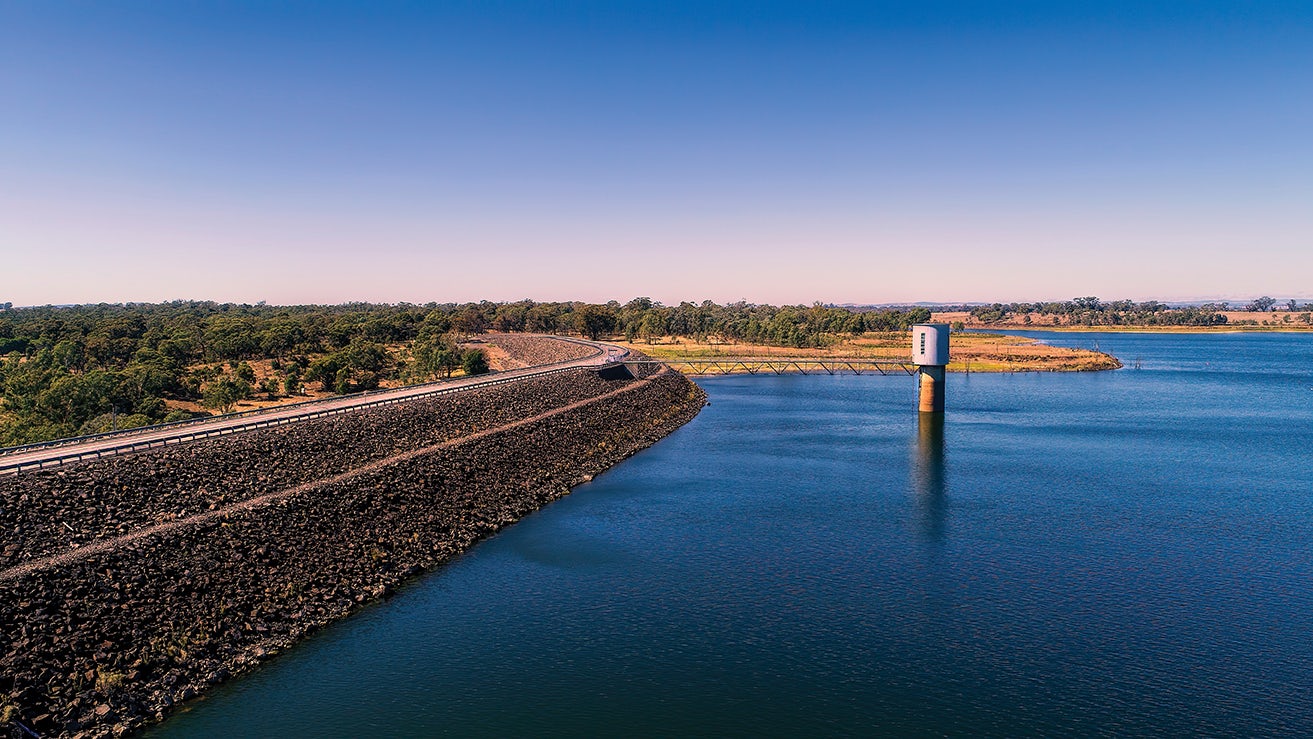Drought, fire and floods

How is the Victorian water sector planning for a changing climate?
Many people recall the need for tough water restrictions in the early 2000s as drought conditions hit Victoria and other parts of the country hard.
Households, businesses, and industry responded positively to the need to conserve water with permanent water-saving rules and increased planning around alternative water supply sources.
Victoria’s history of drought, fire and floods has already taught us how important it is to manage water resources sustainably and prepare for extreme weather. The Intergovernmental Panel on Climate Change warns that a warmer climate caused by rising greenhouse gas emissions will intensify these events.
For Victoria, this means less reliable rainfall into rivers and dams, increasing the risk of water shortages. At the same time, more extreme sudden rainfall events can cause drainage and sewer damage from stormwater flooding.
As Victoria continues to respond to a changing climate, conserving water and using all water supply options will be critical. More still needs to be done to secure enough water for the future even if global temperature rise averages are limited to 1.5 degrees.
Predictions are that water shortages could emerge in Melbourne within this decade.
Improving water management
Victoria’s infrastructure strategy 2021 makes several recommendations to improve how water is managed over the coming decades.These include:
- considering all water sources for supply augmentation, including identifying and addressing barriers to use of purified recycled drinking water within the next 10 years
- modernising and upgrading Victoria’s agricultural irrigation infrastructure and emergency water network and
- improving decision making for urban water investment and supply planning.
Our strategy recommendations build on Infrastructure Victoria’s report on Reforming water sector governance. This research looked at options to improve water governance arrangements to allow more efficient use of all available water resources, and more proactive, long-term and transparent planning to boost Victoria’s supply infrastructure.
Recognising climate change introduces new risks to Victoria’s water supplies, we also recommended the Victorian Government consider all alternative water sources equally in future planning including - but not limited to - recycled water, stormwater and seawater.
Investing in water supply infrastructure
The Victorian Government, its water corporations and catchment authorities, have made significant investments in water supply infrastructure since the Millennium Drought, including the Wonthaggi desalination plant and the Melbourne-Geelong pipeline. There’s also been investments in recycled water for non-drinking purposes, and increased capture of stormwater and groundwater.
By 2030, Barwon Water, which manages water supply for Geelong, Golden Plains, Bellarine and Surf Coast, plans to recycle 100 per cent of the wastewater treated at its water reclamation plants.
Its latest treatment plant upgrade at Portarlington (around 28 km from Geelong) will nearly double the amount of recycled water used for non-drinking purposes in the Bellarine to 450 megalitres per year. The project is funded by the Australian Government’s National Water Grid Fund, the Victorian Government, and other partners, with construction anticipated to be completed by mid-2024.
In addition, the government’s sustainable water strategies aim to secure long-term supplies by identifying threats to water availability and quality. They include policies and actions to help water users, water corporations and catchment management authorities respond.
Ready not reactive
The recently updated Central and Gippsland sustainable water strategy shows water supplies will need to double in the next 50 years to meet future needs in the Melbourne and Gippsland region.
The region will also need to transition from a reliance on river water to using more manufactured water supplies including recycled water, treated stormwater and desalinated water. The strategy suggests dams won’t be part of the solution because in future there won’t be enough rain to fill them.
The strategy outlines a long-term strategic plan to secure Victoria’s water resources and incorporates several of Infrastructure Victoria’s recommendations, including the need for a new approach to supply planning.
Under a water grid plan, to be released in 2023, new governance arrangements for regionally significant water supply projects will be identified, planned and tracked. The relevant urban water corporation or government department will then be tasked with planning and implementation according to clearly defined triggers.
This new ‘readiness approach’ means the Victorian Government and water corporations will assess and develop infrastructure long before it is needed, rather than responding to a drought or another emergency.
Work is also being done to strengthen the role of traditional owners in water planning and management and the return of water entitlements, through the Water is life: Traditional Owner access to water roadmap.
In securing the state’s water supplies, how do we get the best use of existing and future water infrastructure? Hear experts from Victoria’s water sector discuss options for managing our water infrastructure in a changing climate.
Read our recommendations in Victoria’s infrastructure strategy 2021–2051.